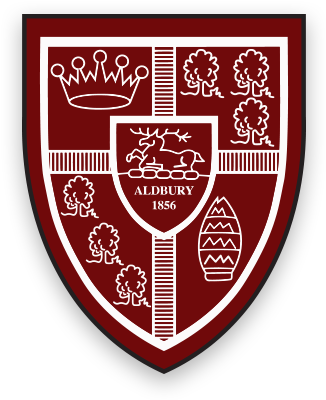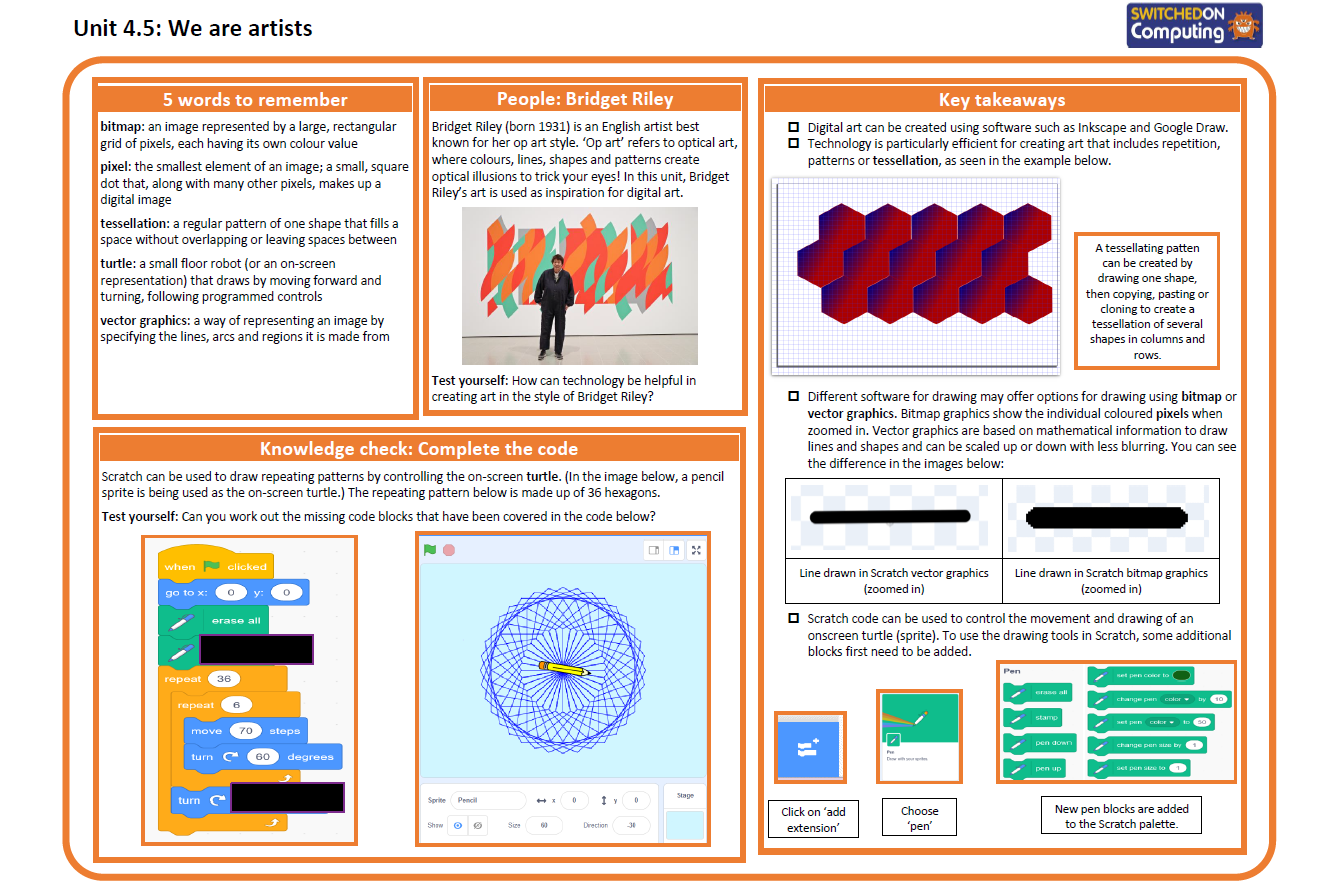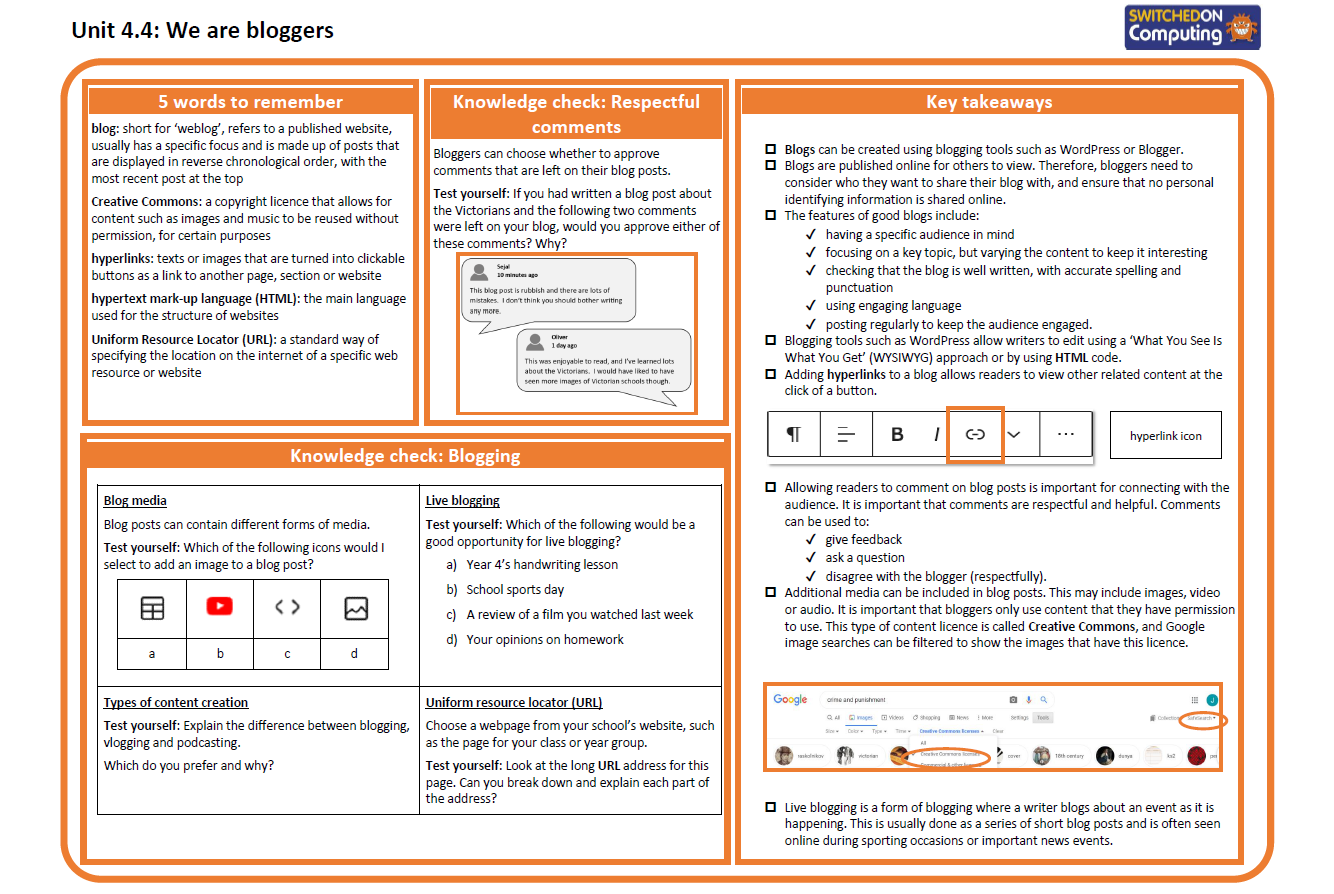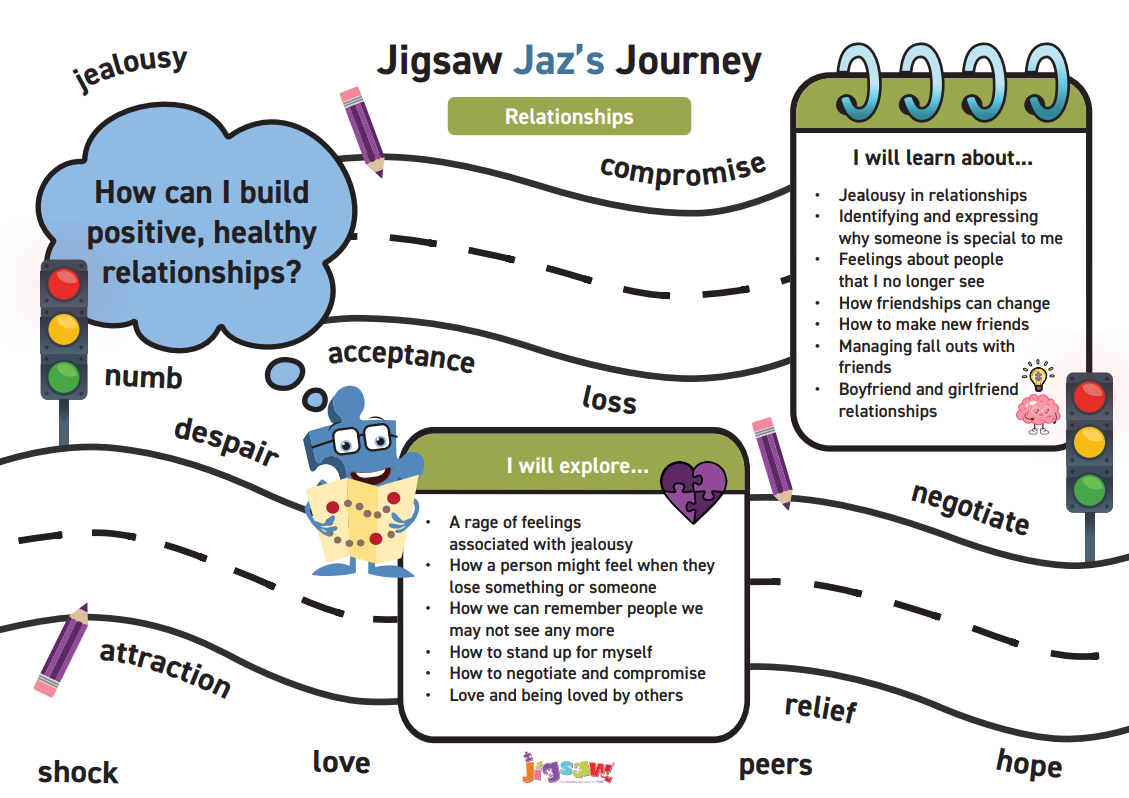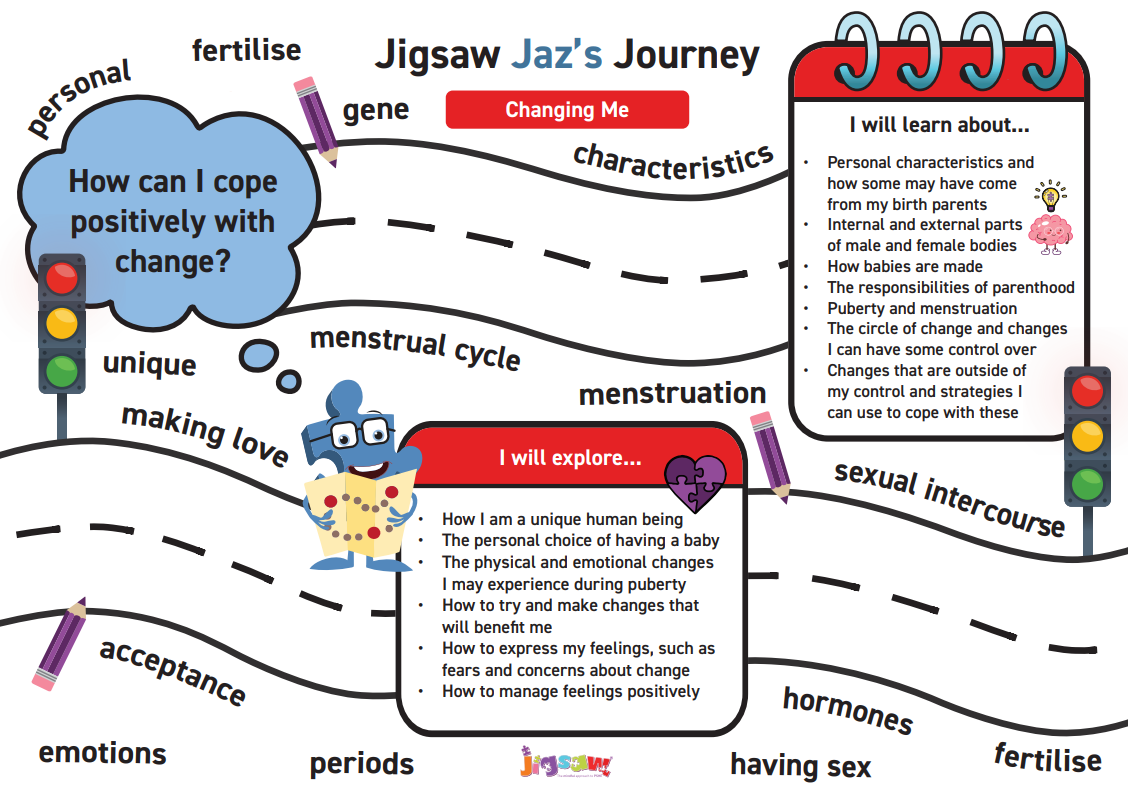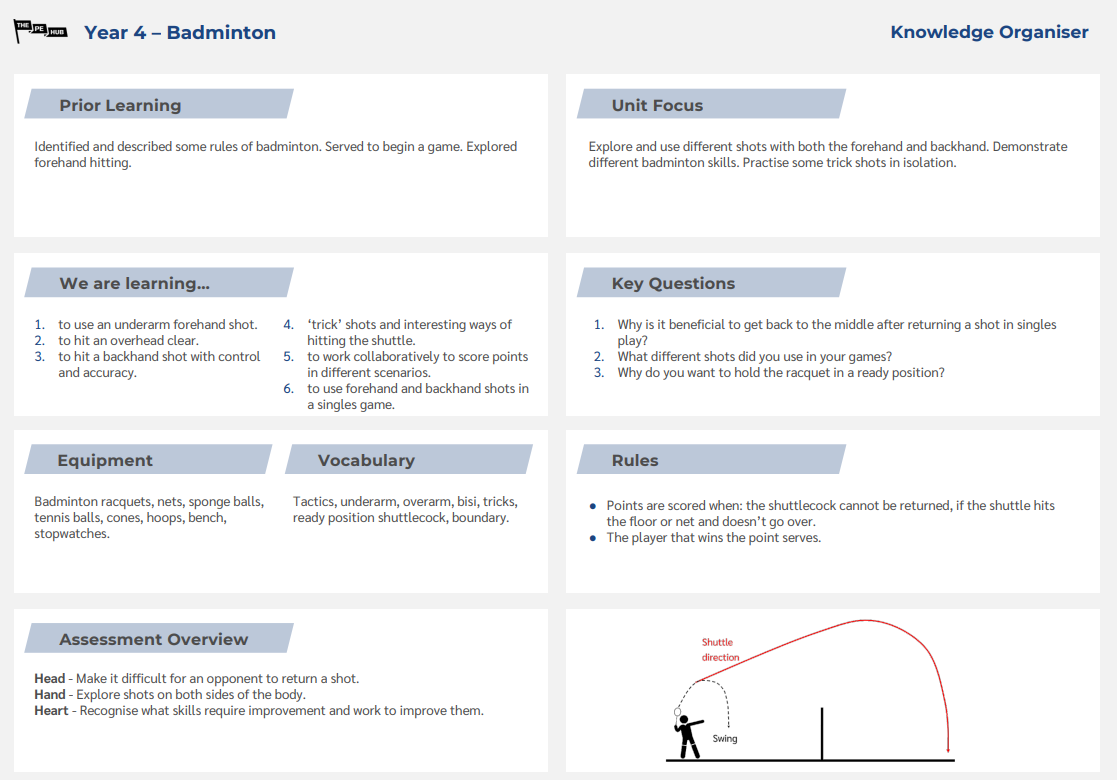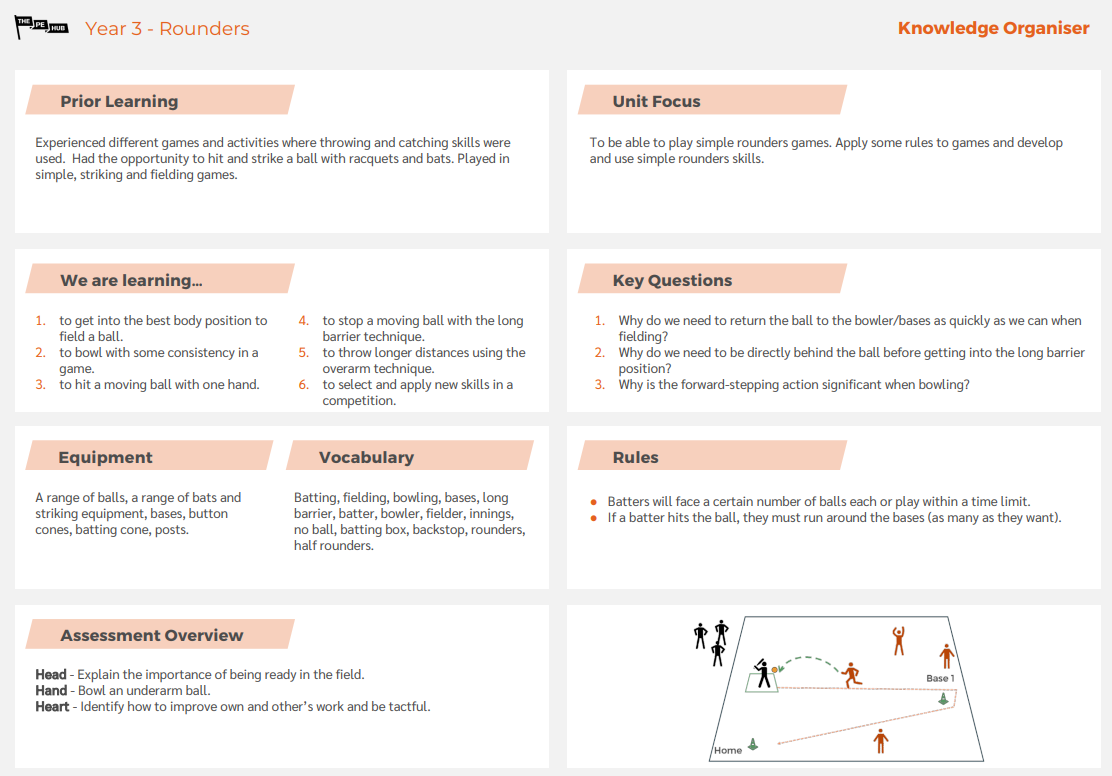Summer Term 2025
English - Writing
This Summer term, our pupils will embark on a diverse range of writing activities across four engaging units. We begin with The Thames and Tide Club, where children will explore mystery and discovery through the eyes of mudlarks. Inspired by found objects, they will learn to write persuasively in letters applying to the club, offer advice, keep diaries from a character's perspective using the present perfect tense, create descriptive weather reports and tourist advertisements using noun phrases and prepositions. The unit culminates in writing their own fantasy narratives.
Next, we delve into How to Live Forever. Children will consider the concept of eternal life, weighing the pros and cons. They will develop their descriptive writing skills through setting and character descriptions, practise dialogue, and learn to follow and write instructions. They will also explore persuasive writing through lost posters and letters of warning. Grammar focus will include prefixes, suffixes, and conjunctions.
Our third unit, Jim: A Cautionary Tale, will explore the consequences of actions. Pupils will identify and predict outcomes using conditional sentences, learn about rhyming couplets, and even perform sections of the poem. Their writing will include creating warning posters, writing a letter of apology using modifying adverbs, and devising alternative endings to the tale, potentially in verse.
Finally, we journey into the world of Our Tower. Starting with a local park walk to collect sounds, children will create soundscape poems using onomatopoeia and personification. They will write vivid setting descriptions using noun phrases and prepositions, craft dialogue, and maintain diaries in the simple past tense. The term will conclude with the children planning and writing their own extended fantasy narratives, drawing on the narrative structure of the poem.
Computing
We start the term exploring the unit: 'We are artists'. Children will explore how geometry is used in art. They will use software like Inkscape and Scratch to appreciate the links between shapes and art. Activities include creating designs with shapes, exploring symmetry, and making digital art inspired by artists like Julian Opie and Bridget Riley.
After half term we move onto 'We are bloggers'. Children will learn about sharing experiences and opinions online safely. They will understand how blogs work and practise writing their own blog posts. Pupils will also learn to add different media like images, audio, and video to their blogs. A key focus is on learning how to comment respectfully on others' posts and understanding online safety, including copyright and responsible sharing.
Maths
This Summer term, Year 3 and 4 maths focuses on 6 blocks.
Time involves telling time accurately to the minute, using am and pm, converting between 12 and 24-hour clocks, calculating and using durations of time, and understanding units of time including seconds, minutes, hours, days, weeks, months, and years.
Decimals introduces tenths and hundredths, exploring them as both fractions and decimals using place value and number lines. Children will learn to partition, compare, and order decimal numbers, round decimals to the nearest whole number, and understand the effect of dividing by 10 and 100.
Money covers recognising and using pounds and pence, writing amounts using decimal notation, converting between £ and p, comparing amounts, estimating costs, and applying addition and subtraction skills to calculate totals, find change, and solve money problems.
Shape investigates angles, including understanding them as turns and classifying them as acute, right, or obtuse. Children will compare and order angles, identify types of lines (horizontal, vertical, parallel, perpendicular), explore the properties of triangles, quadrilaterals, and other polygons, draw shapes accurately, and understand symmetry.
Position and Direction introduces using coordinates in the first quadrant to describe and plot positions. Children will learn to plot points to draw 2-D shapes on a grid and describe and perform translations of points and shapes.
Statistics includes interpreting and drawing pictograms and bar charts, solving problems involving comparison, sum, and difference using data, interpreting and drawing line graphs (primarily for continuous data), understanding information presented in two-way tables, and collecting and representing data.
Music
We will start the term exploring the song 'Just three notes'. With just three pitches (C-D-E) and four rhythmic durations, the combinations are almost endless! This unit shows how to make simple yet effective music using just a handful of elements, how to read and understand notation to capture compositions, and how to structure ideas. The resulting music will sound a little like a 20th-century American musical movement called minimalism.
Most children will be able to:
- Invent simple patterns using rhythms and notes C-D-E.
- Compose music, structuring short ideas into a bigger piece.
- Notate, read, and follow a ‘score’.
- Recognise and copy rhythms and pitches C-D-E.
After half term we move on to 'Fly with the stars'. Fly with the stars is a song in an electronic dance style, based on a verse/chorus structure using two chords – A minor and C major. During the unit, pupils will develop listening skills in recognising a song’s structure and changing chords, practise identifying crotchet and quaver durations, and develop composing skills using these durations and chords to create an accompaniment for the song. The unit will conclude with a performance of their own arrangement of the song using voices and classroom percussion. This unit also contains the final of three progression snapshots designed to collect evidence of pupils’ progress.
Most children will be able to:
- Play the chords of Fly with the stars on tuned percussion as part of a whole-class performance.
- Sing solo or in a pair in call-and-response style.
- Respond to and recognise crotchets and quavers and make up rhythms using these durations to create accompaniment ideas for the song.
Personal, Social and Health Education (PSHE)
The first half term sees us explore the topic Relationships. Children in Years 3 and 4 will begin to think about the feelings that come with missing someone special, such as a family member, friend or pet. They will learn to recognise and name different emotions linked to loss and talk about ways to manage these feelings in healthy, supportive ways. Through discussion and activities, children will develop empathy and begin to understand that it’s normal to feel sad or upset when someone is no longer with us. The unit encourages children to express their feelings and seek support when they need it.
After half term we move on to explore the topic Changing Me. In Years 3 and 4, children begin to learn about the physical and emotional changes that happen as they grow, including an age-appropriate introduction to puberty. They will learn that these changes are natural and happen to everyone, though the experience can feel different for each person. The unit also explains where babies come from in a simple, factual way. Children will be supported to talk about any worries they may have and learn that they can ask trusted adults for help. They will also be introduced to strategies for coping with change, including using the Circle of Change model.
Physical Education (PE)
In Class 3 this term, pupils are enjoying an exciting PE curriculum designed to develop their skills and confidence. They will focus on athletics, practising key running, jumping, and throwing techniques that build speed and coordination. Preparation for Sports Day is underway, helping children improve teamwork and competitive spirit.
Additionally, children will take part in badminton sessions, learning racket skills, control, and agility. Rounders will also feature, encouraging strategic thinking and teamwork in a fun, fast-paced game. For half a term, Class 3 are fortunate to work with the Game On sports coaches, who bring specialist expertise and exciting activities to enhance pupils’ physical development and enjoyment of sport.
Religious Education (RE)
We start the term with a Christianity focus. In this RE topic, children will explore the Christian belief in the Kingdom of God, focusing on the events of Pentecost. They will learn what happened after Jesus left his disciples and how Christians believe the Holy Spirit came to them at Pentecost, giving them the courage and power to spread Jesus’ message. Children will explore the impact this had on the early Christian community and how it marks the beginning of the Church. The topic encourages children to think about how Christians today try to live out the values of the Kingdom of God in their daily lives.
After half term, our RE lessons will focus on the religion of Islam, exploring the theme of Submission. Children will learn how Muslims show their obedience and devotion to Allah (God) through the way they live their daily lives. They will be introduced to the Five Pillars of Islam—key practices that include prayer, fasting, giving to charity, and pilgrimage—and discover how these guide Muslims in their faith and actions. This topic will help children understand the role of faith, discipline, and community in Islam, and how believers express their commitment to God through their words and actions.
Science
In Science this term, children in Years 3 and 4 will explore the fascinating topic of Sound and Vibrations. They will investigate how sounds are created through vibrations, how these travel to the ear, and what affects pitch and volume. Through hands-on experiments, children will explore how sounds change depending on distance, material, and force. This helps develop both their scientific understanding and investigative skills. Later in the term, the class will move on to a child-led environmental topic, where pupils will take the lead in exploring an area of environmental science that interests them, encouraging curiosity and independent learning.
